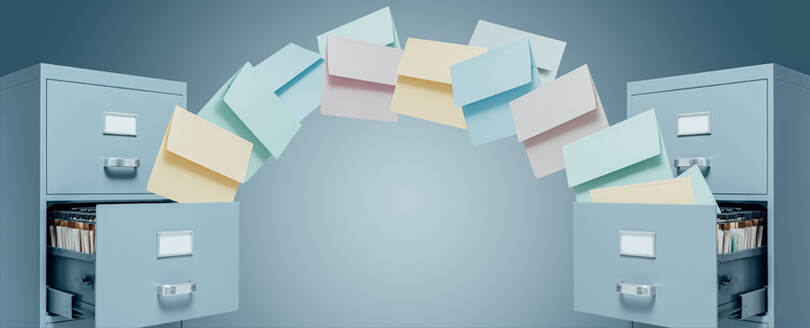Read time 4 minutes
When critical incidents such as server crashes or disasters render your Exchange data inaccessible, your lifeline becomes the most recent backup. Exchange backups, especially those with recent timestamps, assume the role of saviors for administrators. In this discussion, we will explore the methods for creating backups of Exchange mailboxes.
How to backup Exchange mailboxes?
Administrators have the option to safeguard all Exchange data through either manual methods or specialized tools. Among the manual methods, the most widely favored approach involves utilizing PowerShell commands, which is compatible with Exchange Server versions dating back to 2010, including 2013, and 2016.
Before writing the steps to execute the process, let us see some of its advantages.
- Absolutely free of cost
- Allows single/bulk mailbox backup
- Offers data filters
- Suitable for brick-level backups
- Exchange administrators can perform the backup
This article provides comprehensive guidance on manually exporting Exchange mailbox backups to PST files using PowerShell commands. It presents a step-by-step walkthrough, ensuring clarity and precision throughout the process. Additionally, readers will discover an alternative backup method involving third-party software, offering a comprehensive approach to safeguarding their data.
As previously mentioned, PowerShell commands can be employed to back up both individual and multiple Exchange mailboxes. In the following sections, we will delve into each of these backup methods separately for a comprehensive understanding.
But, before that, the necessary prerequisites must be met.
- A shared folder must be taken as the destination location exporting mailboxes
- The user must have Mailbox Import Export permissions. This can be done by executing the following cmdlet –
“New-ManagementRoleAssignment -Role “Mailbox Import Export” -User < user name or alias >”
Let us directly see the syntax for exporting a single Exchange mailbox to PST:
In the above syntax, File Path defines network share path of PST file where data is to be exported. And Mailbox refers to the mailbox name.
Filter: Filters allow to export mailbox data with a filter. E.g., Export items before a specific date (01/05/2018) and emails starting from a particular word or letters (re).
Export specific folder like Inbox, sent items: The syntax to move only specific folders (like Inbox and SentItems) is given below:
As mentioned earlier, pre-requisites for this method are also same as that for exporting single mailbox.
After fulfilling required conditions, execute the following cmdlet.
This cmdlet serves the purpose of exporting all mailboxes to PST files. Similar to the single-mailbox migration approach, you have the flexibility to migrate mailboxes with added parameters using the corresponding cmdlets.
The manual method seems easy, but in actuality, it has some minus points as well.
- Requires good technical expertise
- Lacks preview facility for users
- No guarantee of data security
- Not feasible for corrupt files
- Chances for manual errors
- No scheduling facility is available
- No easy-to-read reports
- Methods may vary for different versions
So, it is hard to rely singly on this PowerShell method to export Exchange backup files to PST.
If you encounter any of the aforementioned issues and encounter difficulties when attempting to export Exchange mailboxes to PST, rest assured that a comprehensive solution for Exchange data backup and recovery is available to you – the Kernel for EDB to PST tool.
This powerful tool boasts several key advantages:
- Backs up or repair corrupt or healthy Exchange database
- Simple user interface for clean backup, recovery & migration
- Shows Preview of each mailbox item before migration
- Exports multiple mailboxes to PST files at a time
- Includes filters like date range and item type
- Foolproof migration without affecting data integrity
- Same export process for all Exchange versions
- Saves data to PST and other destinations (like Office 365)
Conclusion
Utilizing PowerShell commands for exporting and backing up mailbox data to an Outlook PST file offers both advantages and drawbacks. To circumvent the potential challenges associated with this cmdlets approach, there exists an efficient and straightforward Exchange EDB Recovery tool. This tool is compatible with all versions of Exchange, ensuring seamless data retrieval and protection.
